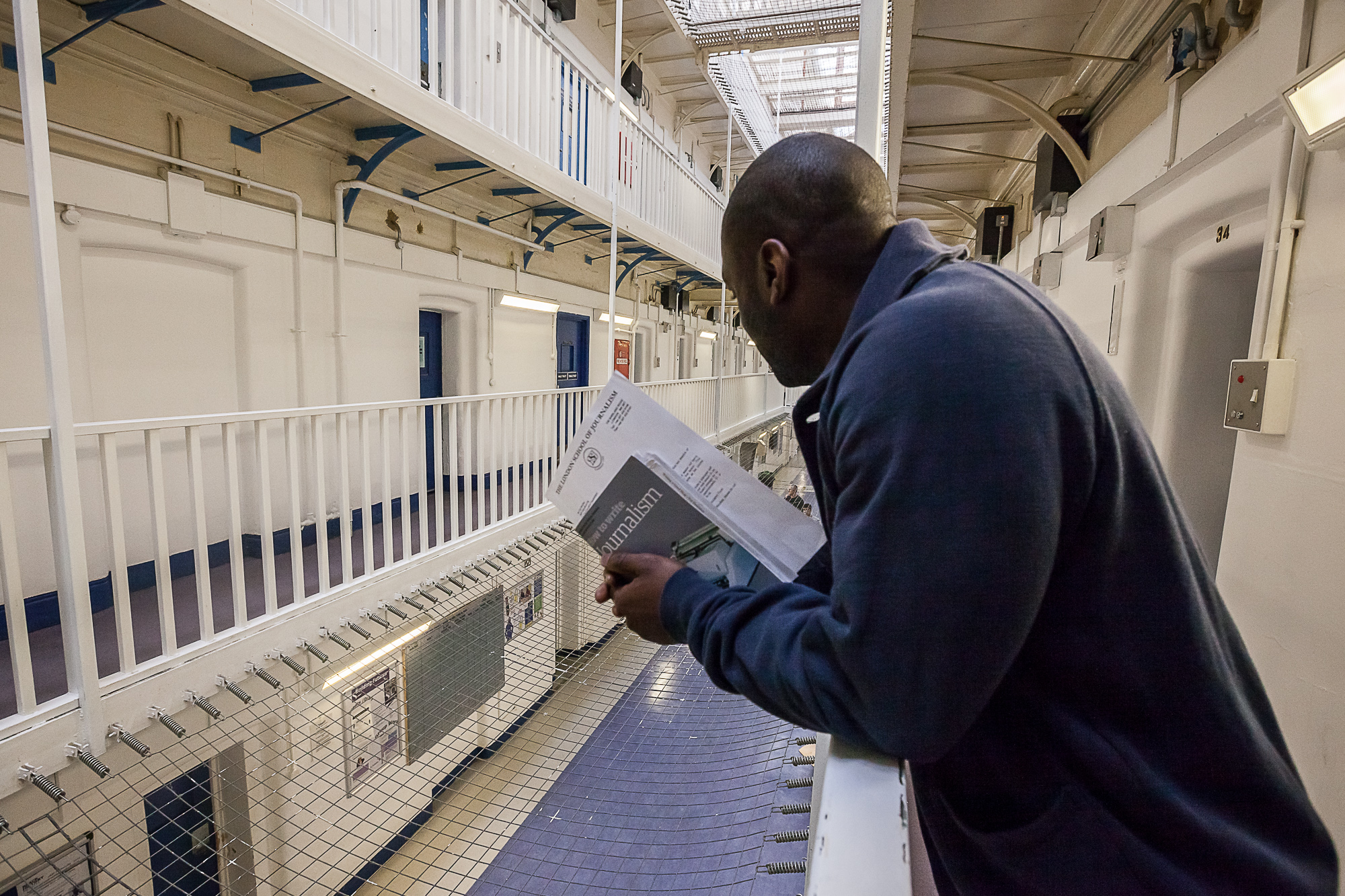
Four months after a 23-hour-a-day lockdown was introduced to limit the impact of Covid, prisons in England and Wales are taking tentative steps to recovery.
Most have plans in place to re-start social visits, with some happening already. The following phase for emerging from lockdown will see education provision beginning again, although we don’t expect education to look the same as it did before lockdown.
Encouragingly, HMPPS have said they do not want to return simply to business as usual. This is a potentially exciting opportunity to look at more effective and varied ways of delivering education and other activities.
The big question is – how can education providers, prison staff, community organisations and prisoner learners work together to create new chances and better outcomes?
Here are seven ways prisons can support education delivery as they open up regimes:
1. Peer support – prisoners can be key. Alongside supporting education by working as Shannon Trust mentors and teaching assistants, prisoners can run reading groups, as well as self-study groups for distance and independent learning on wings.
2. Residential officers and keyworkers – It is crucial that any new regime has wing and residential officers’ ‘buy-in’ and that keyworkers know about all the opportunities available, so they can support and advise the prisoners they are responsible for effectively.
Around 60% of cells now have telephony too – tutor feedback and IAG could be provided by phone.
3. During lockdown, all the education providers and many other organisations have been producing and distributing material for in-cell and self-study. Some are creative or for personal development, but others are more formal education, leading to assessments. This can effectively supplement face-to-face education and ideally teaching, printed materials, and (where available) in-cell television channels will be coordinated.
Independent learning could be supported with study skills workshops from teachers and prisoner- and officer-led study groups on wings. Around 60% of cells now have telephony too – tutor feedback and IAG could be provided by phone, like the PET Advice Line which we launched during the lockdown to provide support on distance learning.
As we know, around half of prisons didn’t have enough activity spaces even before lockdown.
4. Time and place – Social distancing means that if only classrooms are used for taught education, the numbers of students participating will drop. As we know, around half of prisons didn’t have enough activity spaces even before lockdown.
If larger rooms – like the gym, library, and worship spaces – can be used for classes, this might help. Rooms on wings are usually small, but could support peer group learning and this avoids the logistics of prisoner movements. There may also be options for a different core day, with some early evening classes.
5. Blended and embedded learning could support the recovery process. This is perfect for supporting learning for all teams working in the prison – including the wing cleaners and the kitchens, gardens and laundry workers. Students on health and safety training can risk assess areas for Covid transmission and those studying industrial cleaning can support keeping the establishment clean.
Access to library books has been variable for prisoners during lockdown, but this must be universal.
6. Prisons can develop their cultural offer by promoting the arts, providing arts materials and involving the large number of creative organisations who are keen to get back to delivering projects in prisons. Access to library books has been variable for prisoners during lockdown, but this must be universal, with outreach services for anyone who cannot attend the library regularly.
7. Last, but definitely not least, digital technology remains the essential ingredient that would revolutionise prison education. Without this, the digital divide will become a chasm, as prisoner learners miss out on developing digital literacy skills. In-cell devices would open up a world of educational opportunities.
While there still needs to be an ‘abundance of caution’ around minimising the risk of infection, the current restriction levels cannot continue.
Prisons and prison education are going to look very different for the foreseeable future. As prisons start the recovery process, measures have to be safe and movements secure.
While some prisons are keen to open up their regimes, others appear more reluctant. The long-term impact of losing out on learning skills and making progress in education is too severe, both for individual prisoners and society more widely.
While there still needs to be an ‘abundance of caution’ around minimising the risk of infection, the current restriction levels cannot continue. Governors and managers need to be creative – and sometimes courageous – about trying new opportunities and trialling new regimes.
Without initiative and innovation, prisons are not going to be able to give their residents the knowledge and skills they need. Education is not an optional extra.